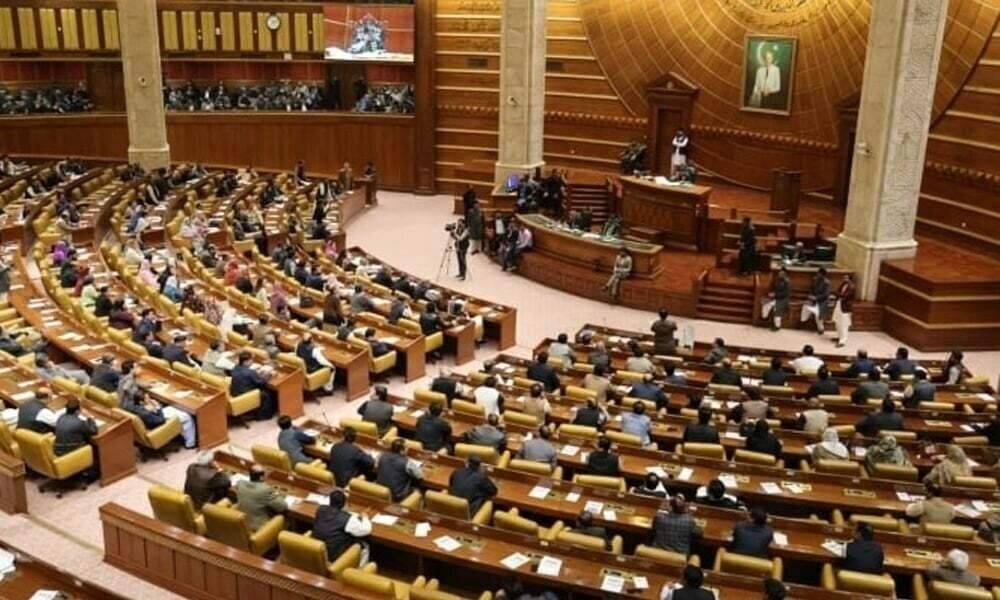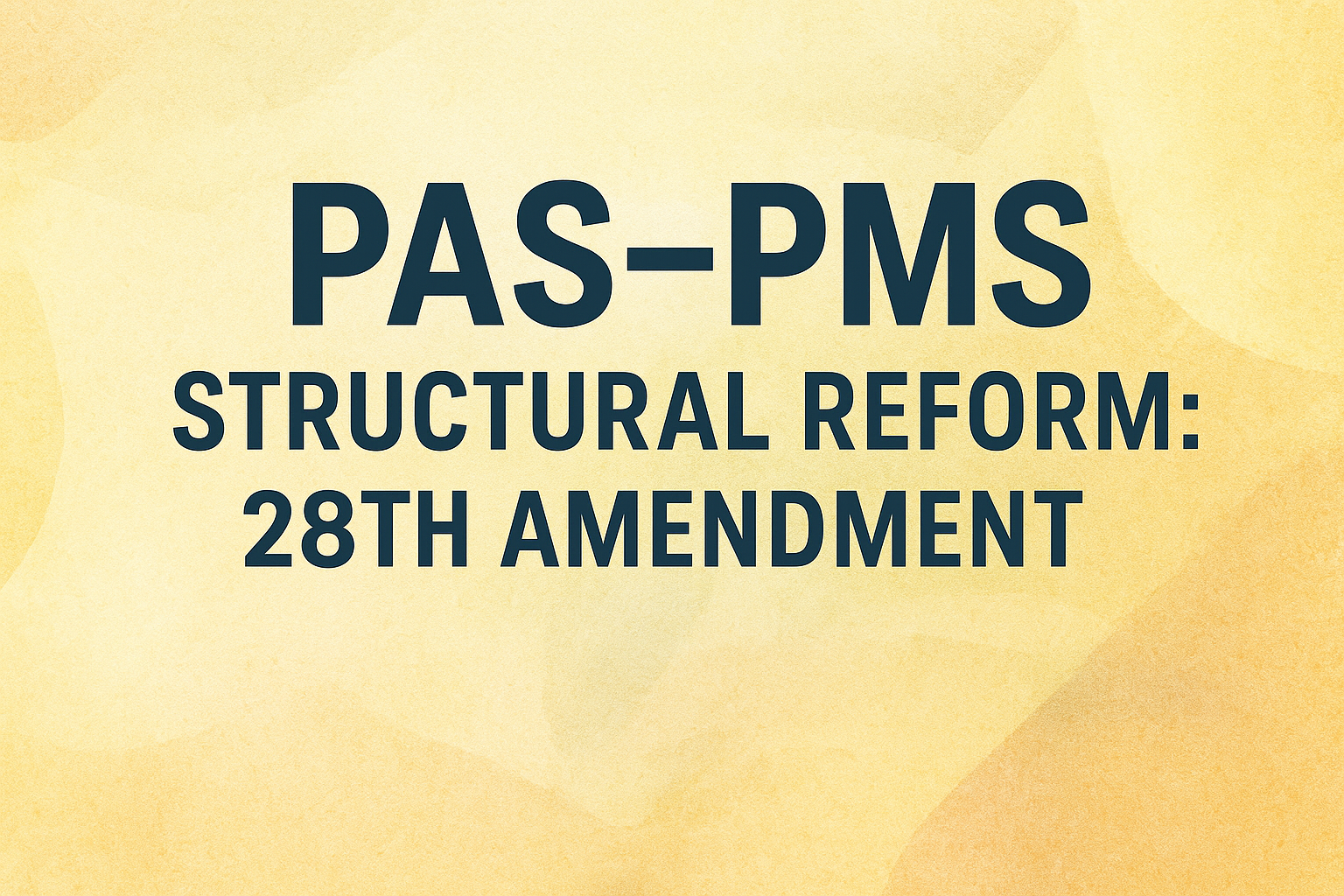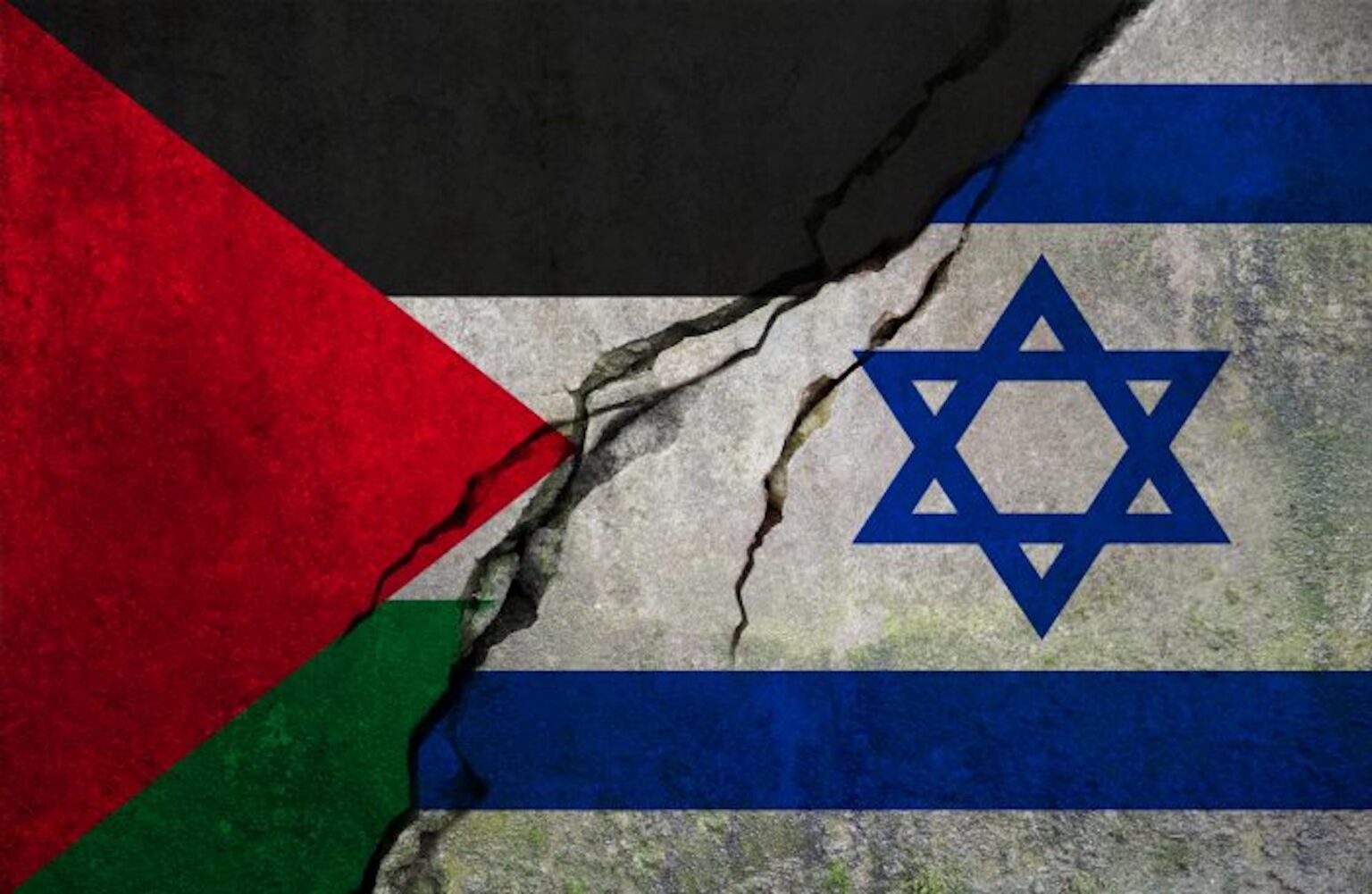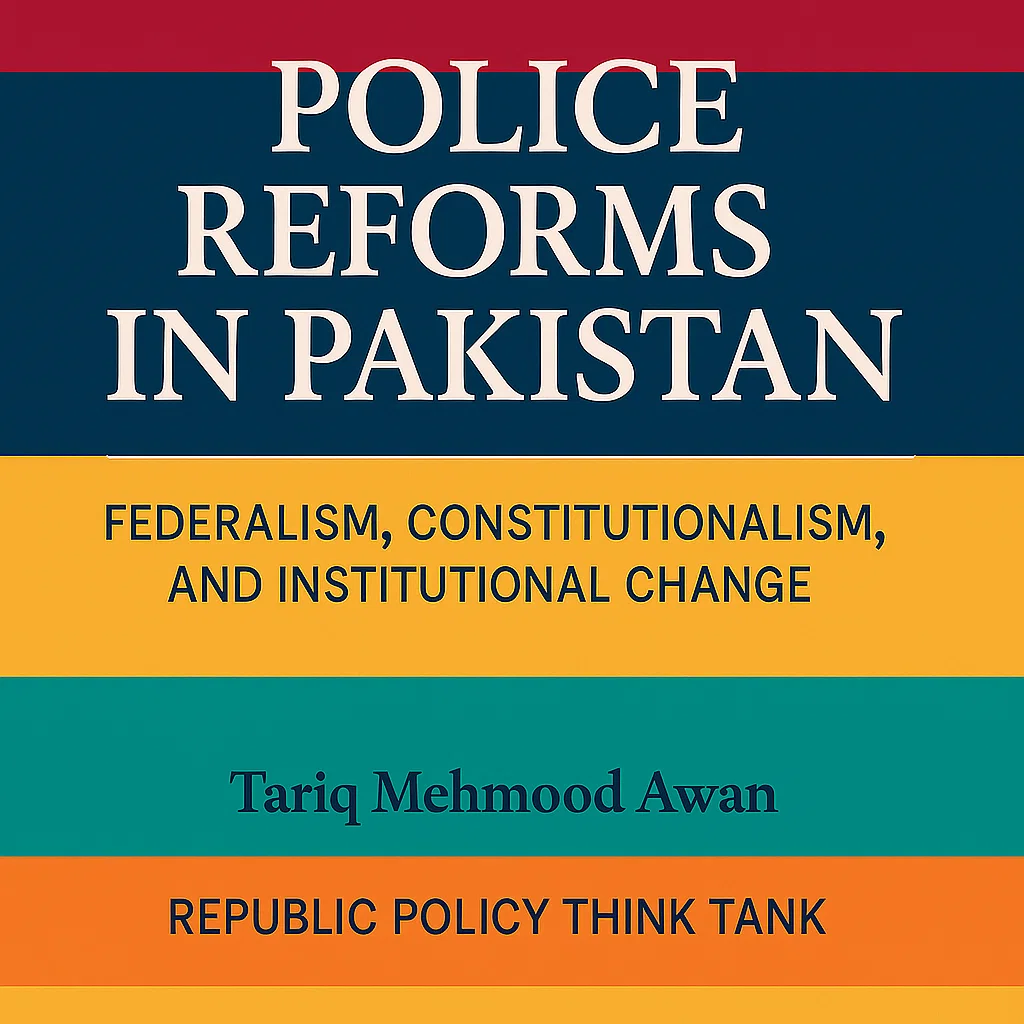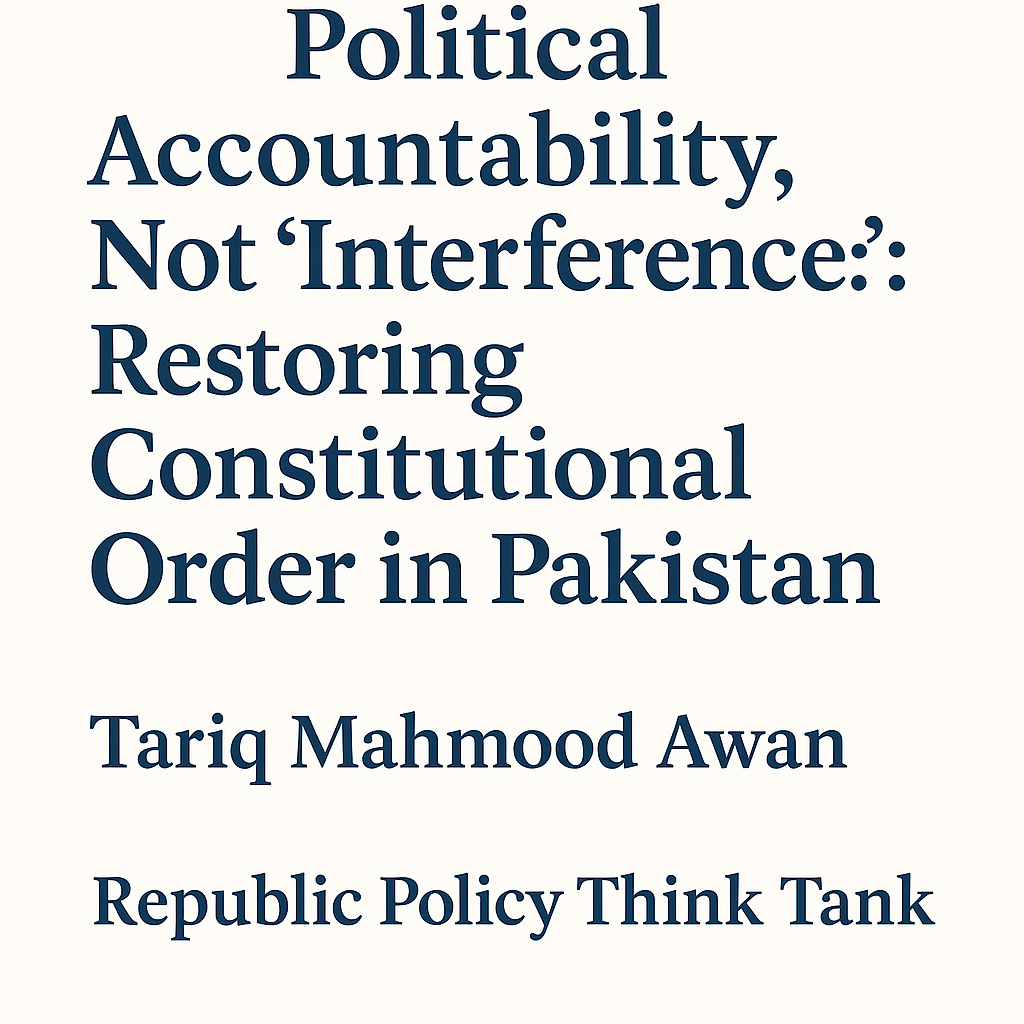Mubashir Nadeem
Living together in peace revolves around embracing and respecting differences while fostering unity and understanding. It entails acknowledging, appreciating, and valuing the diverse perspectives and backgrounds of others as a means to coexist peacefully and harmoniously.
Living together in peace is of utmost importance for the well-being and progress of societies and the world at large. Embracing and respecting differences while fostering unity and understanding are essential components of peaceful coexistence. When individuals and communities acknowledge, appreciate, and value diverse perspectives and backgrounds, they lay the foundation for harmonious living.
The concept of living together in peace promotes tolerance, inclusivity, and solidarity. It serves as a reminder that despite disparities and diversities, it is possible to cohabit and collaborate harmoniously. By cultivating a culture of peace and non-violence, we contribute to the betterment of humanity and future generations.
Peaceful coexistence also plays a vital role in advancing reconciliation efforts and facilitating sustainable development. Engaging with communities, religious leaders, and other stakeholders to implement measures aimed at fostering reconciliation and service is crucial in nurturing an environment of peace.
Moreover, promoting forgiveness and compassion among individuals is a fundamental aspect of peaceful coexistence. These virtues contribute to building bridges and healing divisions, ultimately fostering a more peaceful and cohesive society.
On a broader scale, the importance of living together in peace aligns with the mission of international organizations like the United Nations, which aims to prevent conflicts and promote cooperation among nations. Emphasizing the respect for human rights and fundamental freedoms for all, regardless of differences, is essential in creating a more equitable and peaceful world. The importance of living together in peace cannot be overstated. It is a fundamental pillar for the progress, prosperity, and harmony of societies and the world as a whole.
The International Day of Living Together in Peace, designated by the UN General Assembly through resolution 72/130, serves as a recurring opportunity to galvanize global efforts in promoting peace, tolerance, inclusivity, understanding, and solidarity. This annual observance seeks to reaffirm the collective commitment to cohabiting and collaborating harmoniously despite disparities and diversities, with the overarching goal of constructing a sustainable world characterized by peace, unity, and solidarity.
The Day encourages nations to further advance reconciliation efforts to facilitate peace and sustainable development. This involves engaging with communities, religious leaders, and other relevant stakeholders to implement measures and initiatives aimed at fostering reconciliation and service. Additionally, it advocates for the cultivation of forgiveness and compassion among individuals as vital components of promoting peaceful coexistence.
In the aftermath of the Second World War, the United Nations was established to prevent future conflicts and promote international cooperation. Part of its mission is to foster respect for human rights and fundamental freedoms for all, irrespective of race, gender, language, or religion.
The International Year for a Culture of Peace in 2000 and the subsequent International Decade for a Culture of Peace and Non-Violence for Children of the World from 2001 to 2010, as proclaimed by the General Assembly, underscored the concerted efforts to cultivate a global environment conducive to peace and non-violence. The culmination of these initiatives was the adoption of the Declaration and Programme of Action on a Culture of Peace in 1999, providing a universal mandate for the international community, particularly the UN system, to champion a culture of peace and non-violence for the betterment of humanity, including future generations.
Embedded within the Declaration is the fundamental idea, drawn from the UNESCO Constitution, that peace must be constructed in the minds of individuals, emphasizing the importance of dialogue, mutual understanding, and cooperation in conflict resolution. It also highlights the imperative to eradicate all forms of discrimination and intolerance based on various factors such as race, gender, religion, and social status, recognizing that achieving lasting peace necessitates the elimination of such barriers.
The International Day of Living Together in Peace, established by the UN General Assembly through resolution 72/130, is a momentous global observance that serves as a poignant reminder of the fundamental principles that underpin peaceful cohabitation. This annual event holds significant importance as it provides a recurring opportunity to galvanize global efforts in promoting peace, tolerance, inclusivity, understanding, and solidarity.
At its core, the significance of this Day lies in its emphasis on embracing and respecting differences while fostering unity and understanding. It entails acknowledging, appreciating, and valuing the diverse perspectives and backgrounds of others as a means to coexist peacefully and harmoniously. The observance serves to remind individuals and communities worldwide of the imperative to cultivate a culture of peace and non-violence for the betterment of humanity, including future generations.
The International Day of Living Together in Peace also underscores the collective commitment to cohabiting and collaborating harmoniously despite disparities and diversities. It reaffirms the universal mandate for the international community to champion a culture of peace and non-violence, emphasizing the importance of dialogue, mutual understanding, and cooperation in conflict resolution.
Furthermore, this observance encourages nations to further advance reconciliation efforts to facilitate peace and sustainable development. It calls for active engagement with communities, religious leaders, and other relevant stakeholders to implement measures and initiatives aimed at fostering reconciliation and service. Additionally, it advocates for the cultivation of forgiveness and compassion among individuals as vital components of promoting peaceful coexistence.
In the broader context, the International Day of Living Together in Peace aligns with the mission of the United Nations to prevent future conflicts and promote international cooperation. It reflects the organization’s commitment to fostering respect for human rights and fundamental freedoms for all, irrespective of race, gender, language, or religion.
The historical context of this observance is rooted in the aftermath of the Second World War, during which the establishment of the United Nations aimed to build a more peaceful and cooperative world. Subsequent initiatives, such as the International Year for a Culture of Peace in 2000 and the International Decade for a Culture of Peace and Non-Violence for Children of the World from 2001 to 2010, underscored the concerted efforts to cultivate a global environment conducive to peace and non-violence.
The International Day of Living Together in Peace holds immense significance in promoting the principles of unity, understanding, and peaceful coexistence on a global scale. It serves as a poignant reminder of the collective responsibility to embrace diversity, foster reconciliation, and work towards a sustainable world characterized by peace, unity, and solidarity.







